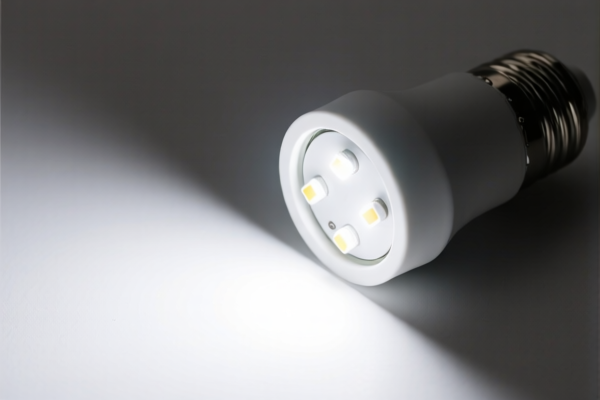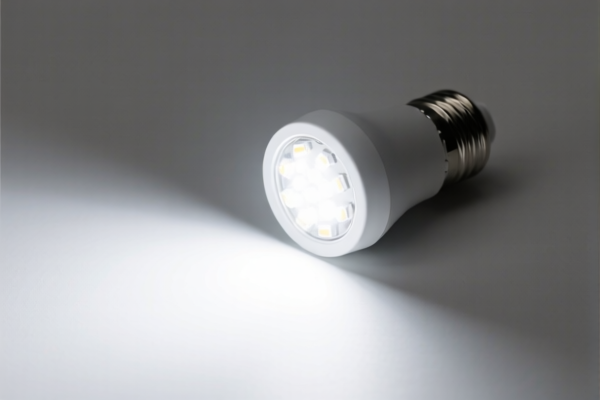| HS Code | Official Doc | Tariff Rate | Origin | Destination | Effective Date |
|---|---|---|---|---|---|
| 7304901000 | Doc | 30.0% | CN | US | 2025-05-12 |
| 7304903000 | Doc | 37.5% | CN | US | 2025-05-12 |
| 7305312000 | Doc | 30.0% | CN | US | 2025-05-12 |
| 7305901000 | Doc | 30.0% | CN | US | 2025-05-12 |
| 8108906060 | Doc | 70.0% | CN | US | 2025-05-12 |
| 8108903060 | Doc | 60.5% | CN | US | 2025-05-12 |
| 8307103000 | Doc | 58.8% | CN | US | 2025-05-12 |
| 8307106000 | Doc | 58.8% | CN | US | 2025-05-12 |
| 8540202080 | Doc | 61.0% | CN | US | 2025-05-12 |
| 8540712000 | Doc | 55.0% | CN | US | 2025-05-12 |




Beam Tube
A beam tube is a sealed glass or metal enclosure, typically evacuated of gas, used to contain and direct a beam of charged particles, such as electrons or ions. They are fundamental components in a variety of scientific and industrial applications involving vacuum technology and particle manipulation.
Material:
- Glass: Borosilicate glass is commonly used due to its low gas permeability, thermal shock resistance, and transparency, allowing for visual observation of the beam. Quartz glass is employed in applications requiring high UV transmission.
- Metal: Stainless steel, aluminum, or molybdenum are utilized when higher vacuum levels, structural strength, or resistance to specific gases are needed. Metal tubes often incorporate specialized coatings to minimize outgassing.
- Ceramic: Alumina and other ceramics are sometimes used for high-temperature applications or when electrical insulation is critical.
Purpose:
The primary purpose of a beam tube is to provide a controlled environment for the creation, acceleration, focusing, and manipulation of charged particle beams. The vacuum environment minimizes collisions between the beam particles and residual gas molecules, preserving beam quality and direction.
Function:
- Containment: The tube physically confines the beam, preventing it from dispersing into the surrounding environment.
- Vacuum Preservation: Maintains a low-pressure environment, reducing particle scattering and ensuring beam coherence.
- Electrical Insulation: Glass and ceramic tubes provide electrical isolation for high-voltage components used in beam generation and acceleration.
- Beam Shaping: The geometry of the tube, along with internal electrodes, can be used to focus, steer, and collimate the beam.
- Radiation Shielding: In some applications, the tube material provides some degree of shielding against emitted radiation.
Usage Scenarios:
- Cathode Ray Tubes (CRTs): Historically used in televisions and computer monitors, CRTs employ beam tubes to generate a visible image by directing an electron beam onto a phosphorescent screen.
- X-ray Tubes: Generate X-rays by accelerating electrons towards a metal target within a vacuum tube.
- Electron Microscopes: Utilize electron beams focused through a series of electromagnetic lenses within a vacuum tube to produce high-resolution images of materials.
- Particle Accelerators: Large-scale accelerators use beam tubes to guide and accelerate particles to high energies for research in high-energy physics.
- Vacuum Coating Systems: Employ beam tubes to direct and control ion beams for surface treatment and deposition processes.
- Mass Spectrometers: Beam tubes are essential for ion generation, acceleration, and deflection in analyzing the mass-to-charge ratio of ions.
- Plasma Displays: Gas discharge within beam tubes generates plasma used to create light in plasma display panels.
Common Types:
- Straight Beam Tubes: Simple cylindrical tubes used for basic beam transport.
- Curved Beam Tubes: Used to bend the beam path, often employing magnetic fields.
- Differential Pumping Tubes: Incorporate multiple pumping stages to maintain a high vacuum along the beam path.
- Windowed Beam Tubes: Feature windows made of materials like beryllium or mica to allow the beam to exit the tube.
- Multi-aperture Beam Tubes: Contain multiple apertures for extracting multiple beams or for diagnostic purposes.
- Electron Gun Tubes: Specifically designed to generate and focus electron beams, often with integrated electrodes and focusing systems.
Based on the provided information, “beam tube” can potentially fall under several HS codes, depending on its specific material, function, and application. Here's a breakdown of relevant codes:
-
7304901000: This code covers tubes, pipes, and hollow profiles, seamless, of iron (other than cast iron) or steel, specifically “Other: Having a wall thickness of 4 mm or more: Of iron or nonalloy steel”. If the beam tube is seamless, made of iron or nonalloy steel, and has a wall thickness of 4 mm or more, this could be applicable. The total tax rate is 30.0%.
-
7304903000: Similar to the above, but for seamless tubes, pipes, and hollow profiles of alloy steel with a wall thickness of 4 mm or more. The total tax rate is 37.5%.
-
8540202080: This code covers Thermionic, cold cathode or photocathode tubes, specifically “Television camera tubes; image converters and intensifiers; other photocathode tubes: Cathode-ray tubes Other”. If the beam tube is a cathode-ray tube used in televisions or similar devices, this code applies. The total tax rate is 61.0%.
-
8540712000: This code covers Microwave tubes (for example, magnetrons, klystrons, traveling wave tubes, carcinotrons), excluding grid-controlled tubes, specifically “Magnetrons: Modified for use as parts of microwave ovens”. If the beam tube is a magnetron used in microwave ovens, this code is relevant. The total tax rate is 55.0%.
According to the provided reference material, the HS code options related to 'beam tube' are limited, with only the following 4 found.
Please note that the correct HS code depends on the specific characteristics of the beam tube. It is crucial to verify the material, function, and application to ensure accurate classification.
Customer Reviews
No reviews yet.